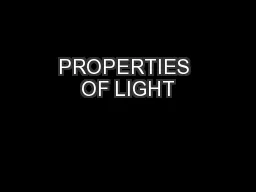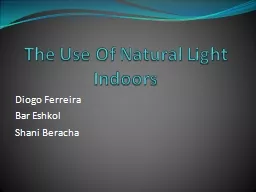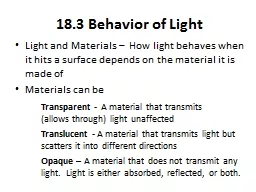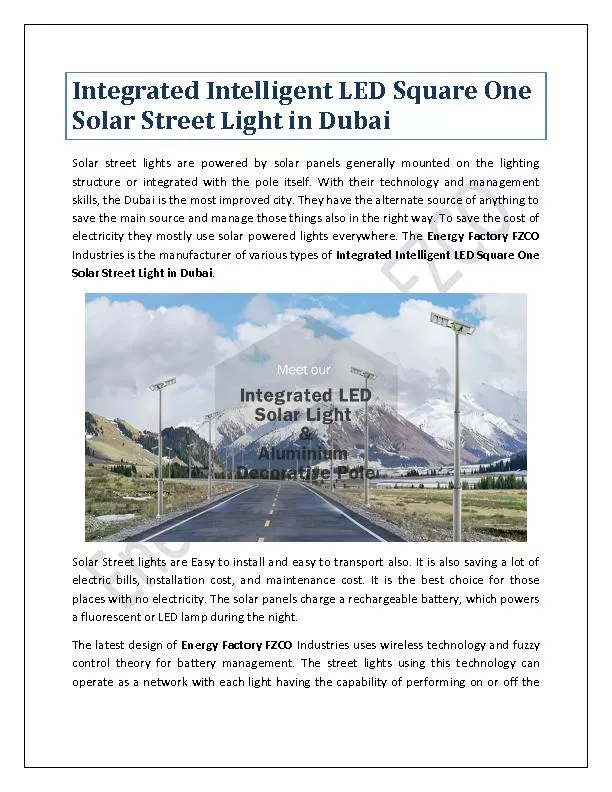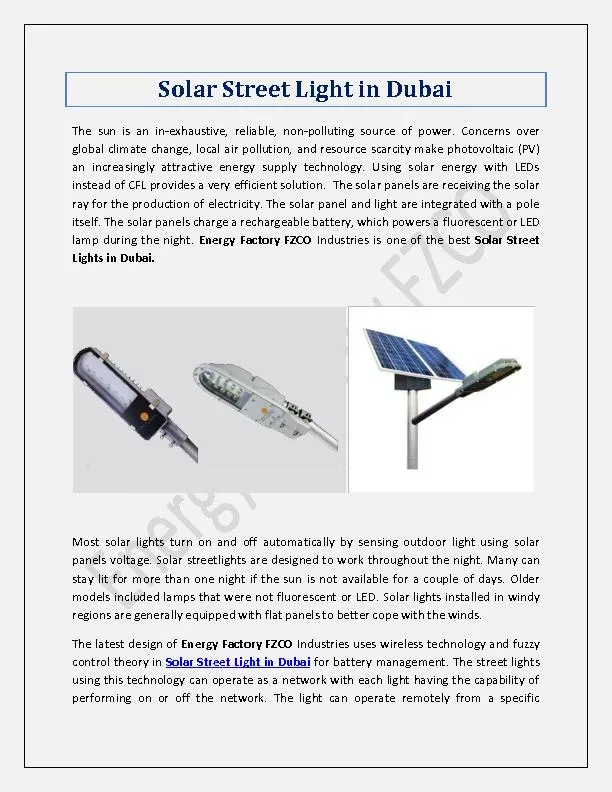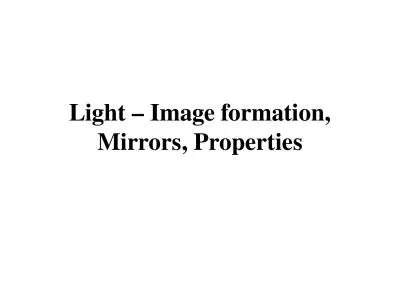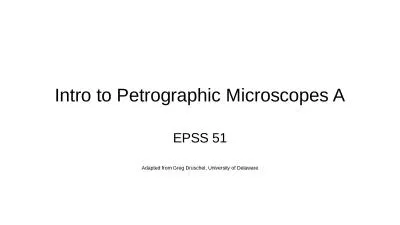PPT-PROPERTIES OF LIGHT
Author : cheryl-pisano | Published Date : 2017-05-13
A little review Speed of Light Light travels through empty space at a speed of 299792458 kms or 186282397 mi s The speed decreases when light travels through a
Presentation Embed Code
Download Presentation
Download Presentation The PPT/PDF document "PROPERTIES OF LIGHT" is the property of its rightful owner. Permission is granted to download and print the materials on this website for personal, non-commercial use only, and to display it on your personal computer provided you do not modify the materials and that you retain all copyright notices contained in the materials. By downloading content from our website, you accept the terms of this agreement.
PROPERTIES OF LIGHT: Transcript
Download Rules Of Document
"PROPERTIES OF LIGHT"The content belongs to its owner. You may download and print it for personal use, without modification, and keep all copyright notices. By downloading, you agree to these terms.
Related Documents

